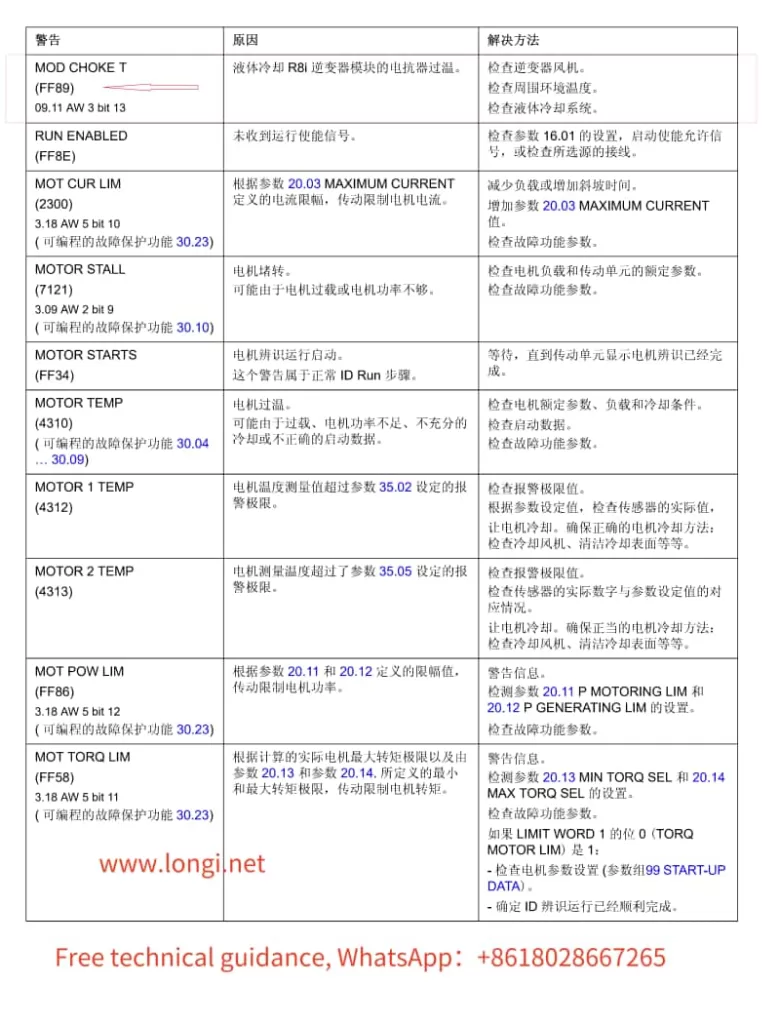1. Principles
The Coordinate Measuring Machine (CMM) operates on the principle of three-point positioning within a three-dimensional coordinate system. Equipped with a detector capable of moving in three directions along mutually perpendicular guides, it captures coordinate information of points on the surface of the object being measured, either through contact or non-contact methods. By scanning the object’s surface, the detector records the three-dimensional coordinates of various points. These coordinates are then processed by a computer to fit measurement elements such as points, lines, planes, and circles, and to calculate the geometric dimensions, shape, and positional errors of the object.
2. Usage
Preparation:
- Ensure the CMM is level and free from surrounding interferences.
- Select appropriate detectors and fixtures; prepare the part to be measured.
Installation and Calibration:
- Install the part on the CMM and secure it with fixtures, aligning it with the machine’s coordinate axes.
- Perform probe calibration, selecting suitable probes and styli, and calibrate to achieve the required measurement accuracy.
Establishing Coordinates:
- Based on the part’s shape and size, establish a workpiece coordinate system. If a workpiece model is available, establish a model coordinate system and fit the two.
Measurement:
- Choose appropriate measurement methods (e.g., point, line, circle, surface measurements) according to the part’s characteristics.
- Conduct precise measurements and export the data for analysis, assessing the part’s accuracy and deviations.
3. Common Faults and Repair Methods
- Large Measurement Errors:
- Causes: Low surface roughness of the workpiece, contaminated measuring head, unstable measurement environment (temperature, humidity fluctuations).
- Solutions: Improve surface roughness, clean the measuring head, maintain a stable measurement environment.
- Unable to Start:
- Causes: Power supply issues, equipment failure.
- Solutions: Check power connections and replace if necessary; contact the manufacturer for repairs if equipment failure.
- Slow Operation:
- Causes: Equipment aging, software issues.
- Solutions: Replace with new equipment or update/reinstall software.
- Inaccurate Measurements:
- Causes: Improper adjustment of the measuring head, equipment failure.
- Solutions: Readjust the measuring head for accuracy; contact a repair service if equipment failure.
- Loss of Coordinate Zero Point:
- Causes: Computer software issues.
- Solutions: Reload backup software and restart the machine.
- Abnormal Coordinate Axis Movement:
- Causes: Insufficient air bearing pressure, blocked air holes, loose or slipping transmission components.
- Solutions: Check the air supply system for proper pressure, clean air bearing holes, tighten and adjust transmission components.
- Probe Automatic Changer Malfunction:
- Causes: Related power or control component failures.
- Solutions: Inspect and repair related power or control components.
4. Brands and Models Repaired by Longi Electromechanical
- Hexagon Metrology:
- Leitz Reference HP: High-precision CMM.
- Global S: Universal CMM.
- Optiv Performance: Multi-sensor CMM.
- DEA Alpha 2.0: Large bridge-type CMM.
- TIGO SF: Compact workshop CMM.
- Zeiss:
- PRISMO: High-precision CMM.
- CONTURA: Universal CMM.
- ACCURA: Configurable CMM.
- MICURA: Small high-precision CMM.
- DuraMax: Compact workshop CMM.
- Mitutoyo:
- CRYSTA-Apex S: High-precision CMM.
- CRYSTA-Apex V: Universal CMM.
- Legex 574: Ultra-high-precision CMM.
- Strato-Apex 574: Ultra-high-precision CMM.
- Quick Vision: Multi-sensor measurement system.
- Nikon Metrology:
- Altera: Universal CMM.
- Innova: High-precision CMM.
- H ALTERA: High-precision bridge-type CMM.
- LK V: High-performance bridge-type CMM.
- NEXIV VMZ-R: Video measurement system.
- Wenzel:
- LH Series: LH 65, LH 87, LH 1210.
- XCite: Economical CMM.
- XO: High-performance CMM.
- SF 87: High-speed scanning CMM.
- FARO:
- FARO Edge: Portable CMM arm.
- FARO Gage: Compact measuring arm.
- FARO Quantum: High-precision measuring arm.
- FARO Vantage: Laser tracker.
- Brown & Sharpe (Hexagon):
- GLOBAL Silver: High-performance CMM.
- ONE: Universal CMM.
- MICRO-HITE: High-precision measuring instrument.
- Aberlink:
- Axiom Too: High-precision CMM.
- Zenith 3: High-performance CMM.
- Extol: Economical CMM.
- Carl Zeiss Industrial Metrology:
- XENOS: Ultra-high-precision CMM.
- MMZ G: Large CMM.
- ACURA: Multi-functional CMM.
- LK Metrology:
- Altera M: Universal CMM.
- Altera S: High-performance CMM.
- C10: Large bridge-type CMM.
- Hikrobot:
- HS Series: HS5030, HS5040, HS5050, HS5060, HS5070.
- HT Series: HT5030, HT5040, HT5050, HT5060, HT5070.
- HL Series: HL5030, HL5040, HL5050, HL5060, HL5070.
- HME Series: High-precision CMM, HME5030, HME5040, HME5050.
Longi Electromechanical has nearly 30 years of experience in repairing CMMs, ensuring quick and efficient repairs. Additionally, we offer the sale and purchase of various used CMMs. Please feel free to contact us for more information.


